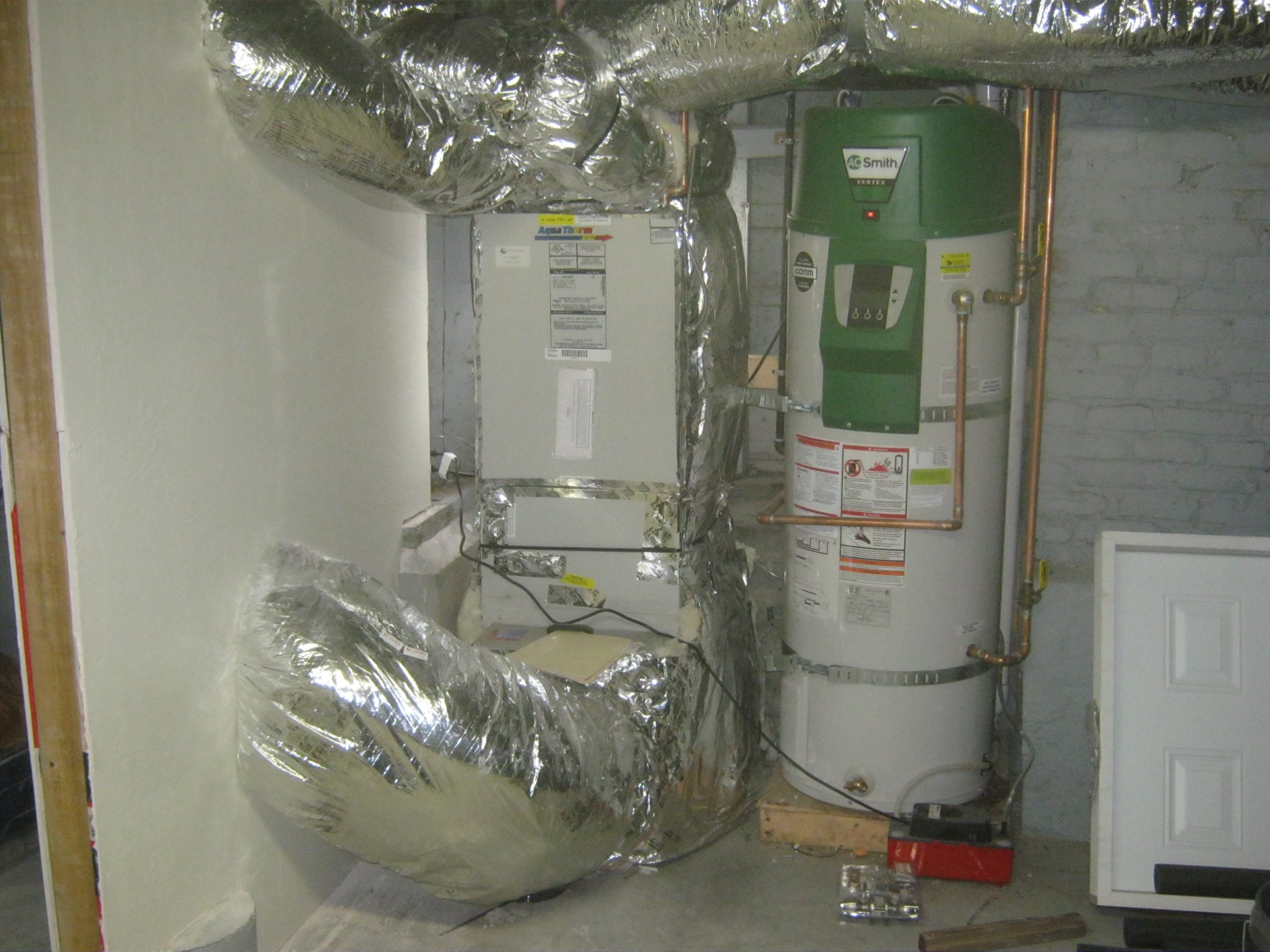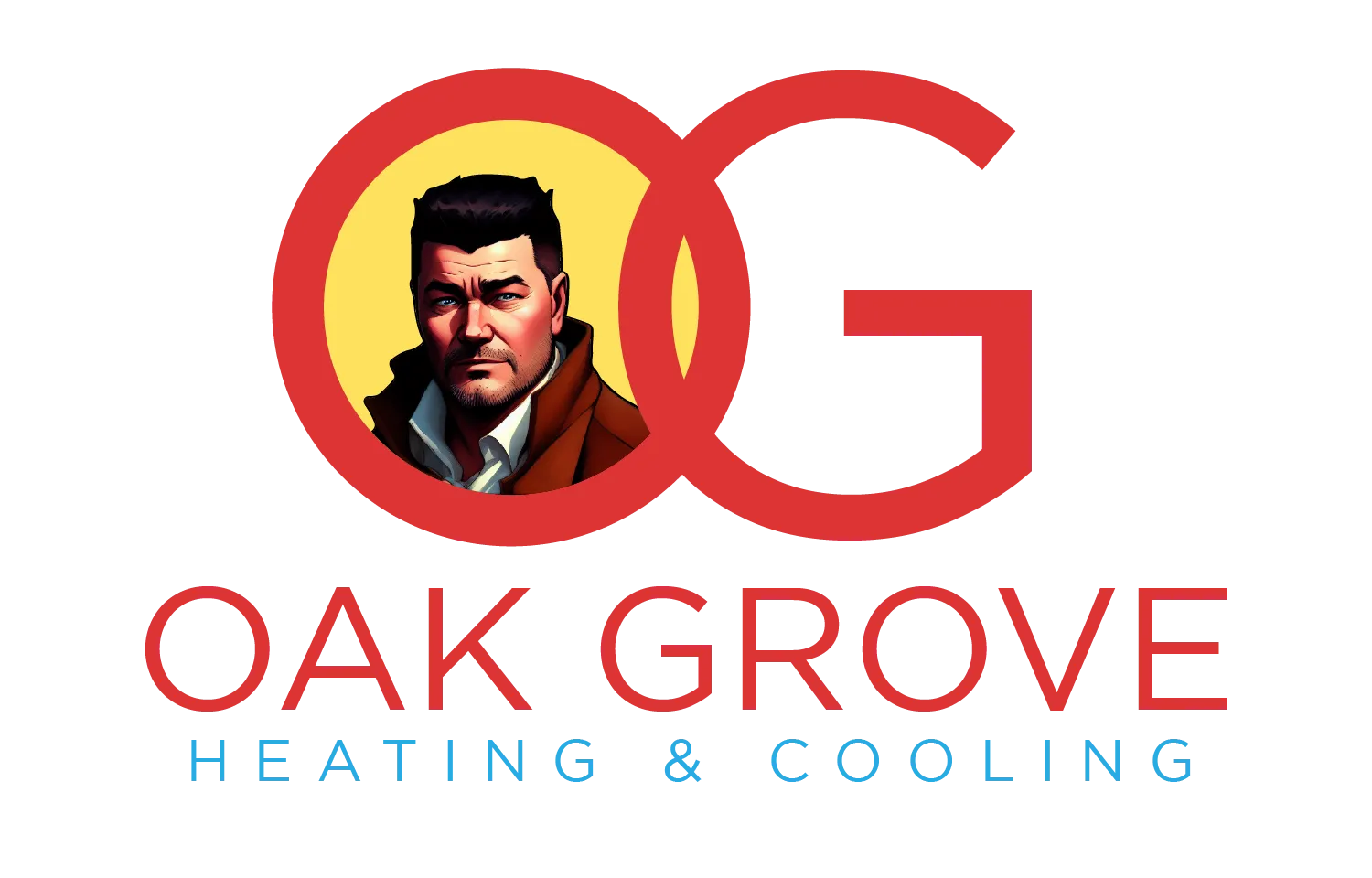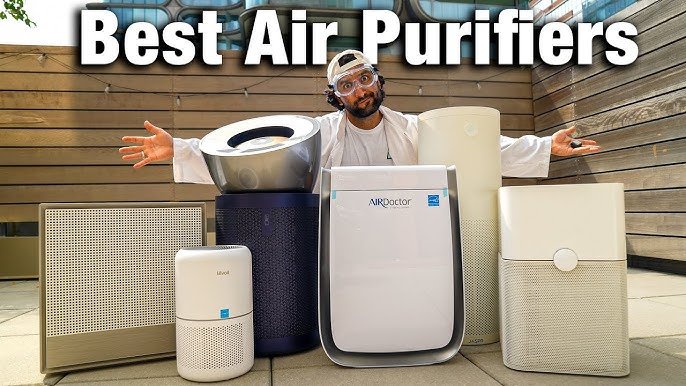
You’ll probably run into the term “forced-air heating” whether you’re remodeling your house, replacing your HVAC system, or you just want to learn more about your existing heating system. This manual describes forced-air heating in simple terms and explains how it operates, covering important parts such the heat pump, boiler, radiant floor, and furnace. We’ll go over its benefits and drawbacks as well so you can decide if this is the best heating system for your house.
What is Forced Air Heating?
One type of HVAC system used to heat a home is forced air heating. The system raises the temperature of a volume of air using a heat source that is driven by electricity, natural gas, or propane. The heated air is subsequently distributed throughout the house using a duct system that is powered by a strong fan to force the air through.
What Constitutes a Forced-Air Heating System’s Parts?
It may be easier to comprehend the functions of a forced-air heating system if you are aware of its component parts and their functions. When you do need to call an HVAC contractor, it might also facilitate better communication between you and them.
Each forced-air heating unit is equipped with:
- Heat pumps and furnaces are examples of heat sources.
- A thermostat to regulate the heat source’s heating function
- Return duct systems or pathways to recycle air back to the heat source Supply duct systems to transport hot air to different areas of the house
- Air plenum for gathering and heating unconditioned air before distributing it into the supply ducts
- Heat exchanger: a device that transfers heat from a source to cool air
- Blower fan to generate suction in the return ducts and push, or force, the hot air through the supply ducts
- Safety switches and sensors to prevent the heat source from operating in the event that safety requirements aren’t met
- exhaust from combustible fuel to prevent harmful combustion gases from entering the house
Electrifying elements of several forced-air heating systems:
Using zoning dampers, supply duct airflow volume can be adjusted.
Zone thermostats: these regulate the temperature in a specific area or zone.
If needed, internal duct fans to support the main blower fan
When employing a furnace, the heat source in the system is the fresh air intake.
How Do Electric Heating Systems Operate?
Forced air heating systems use a well-planned sequence of operations to heat your house. During active heating, some things happen all at once, while other things happen in a sequence. The primary distinction in a heat pump system is that it doesn’t need a fresh air intake. Other than that, the series of steps are comparable. An electric furnace starts up in a different order than a gas furnace.
These are the stages involved in operating a forced-air heating system powered by a gas furnace:
- The furnace receives an electrical signal from the thermostat when it needs heat.
- To guarantee a secure restart, the furnace goes through a number of safety checks.
- Inducer motors in modern furnaces are started in order to expel any residual gasses from the previous cycle.
- Another quick safety check is carried out via a pressure switch.
- A surface igniter, a standing pilot, or spark ignition is used to ignite the heat source.
- To make sure the gas is burning properly, another safety check is conducted.
- The heat exchanger heats the air, which collects in the plenum.
- So to distribute the heated air, the blower fan activates and creates suction in the return ducts to draw recycled air into them.
- To replenish the air pushed out of the house, fresh air is also drawn in through an intake.
- The thermostat sends a signal to turn the system off when it detects that the air reaches a predetermined temperature.
- Next, the system switches off and waits for the subsequent cycle to begin.
The Benefits and Drawbacks of Forced-Air Heaters
Every kind of heating system has advantages and disadvantages. Numerous considerations, such as the climate, the size of your family, the size of your home, and your investment budget, may influence which system is best for you. But the top HVAC providers can advise you because they are knowledgeable with all kinds of heating systems.
Benefits of Forced Air Heating
- When ducts are already installed in a home, installation costs are minimal.
- There are heat pumps and furnaces with high efficiency available.
- In general, forced air heating systems exhibit dependability.
- The process is easy to follow. Simply turn on the thermostat and leave it operating.
- Once the furnace fires up, the heat that is transferred through the ducts happens almost instantly.
- A good filter can help remove some dust and allergens from the air.
Drawbacks of Forced Air Heating
- Fuel that burns produces carbon monoxide gas.
- Regular filter changes and duct cleaning are among the necessary maintenance.
- There may be complicated zone heating problems.
- It is feasible for long ducts in large homes to cause inconsistent heating.
- Dust and allergens may be present in the ductwork.
Conclusion:
To Keep Your Forced Air Heating System Operating it is vital to have the maintenance of a forced-air heating system. All HVAC maintenance is necessary, nevertheless, to maintain the effectiveness of your system. You can Alternate the air filter every three months or more. Else Every year, get your heating system inspected. Keep everything related to the HVAC system free of clutter and obstacles. If this seems a hassle or complex thing to do so it is better to hire a professional for quality services.

